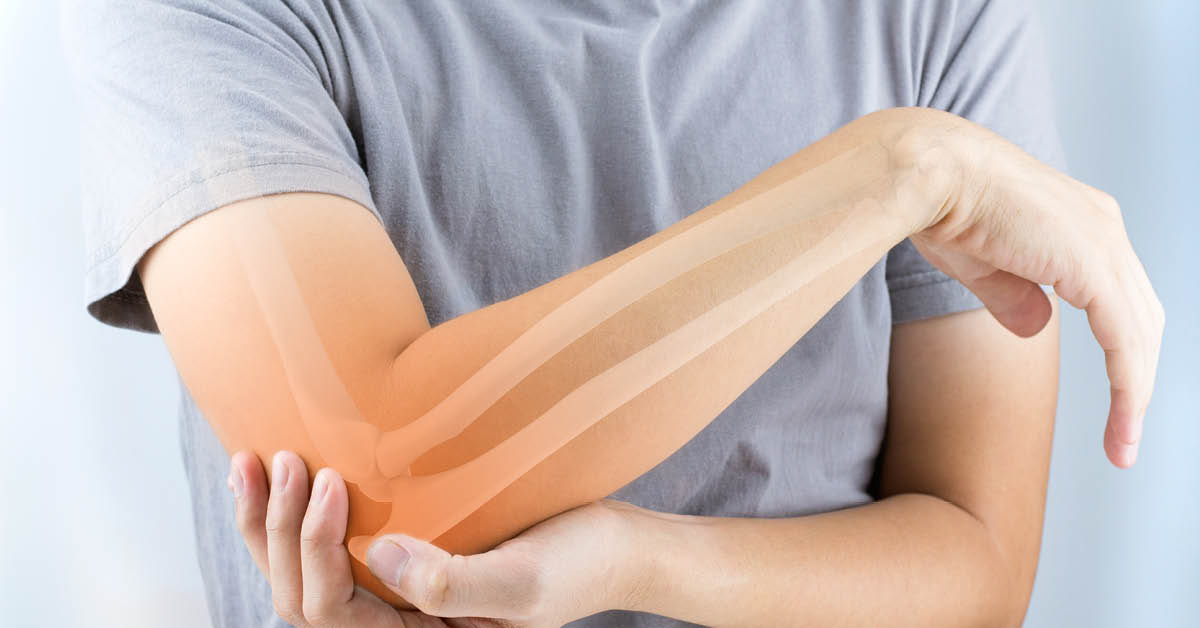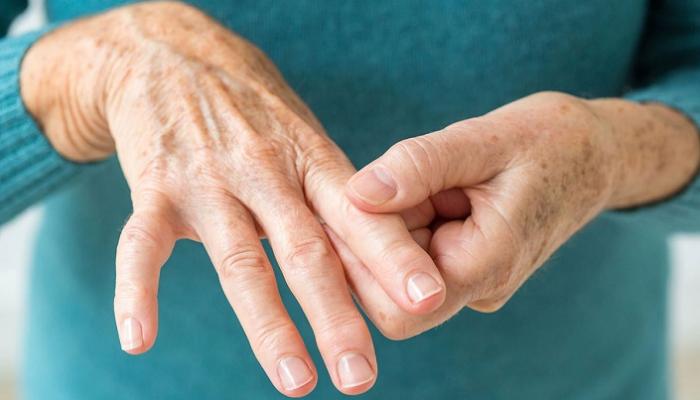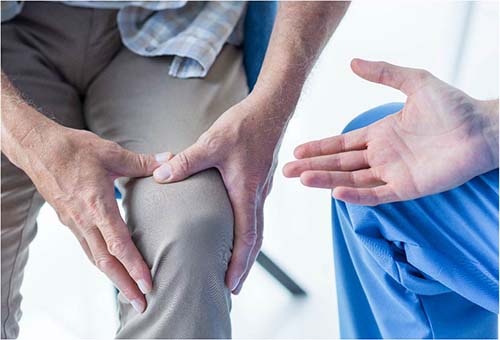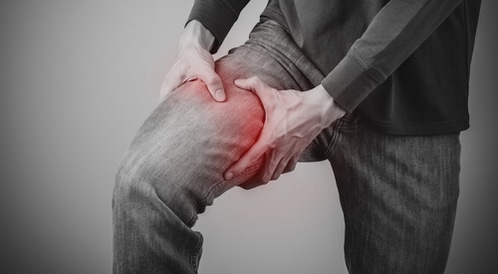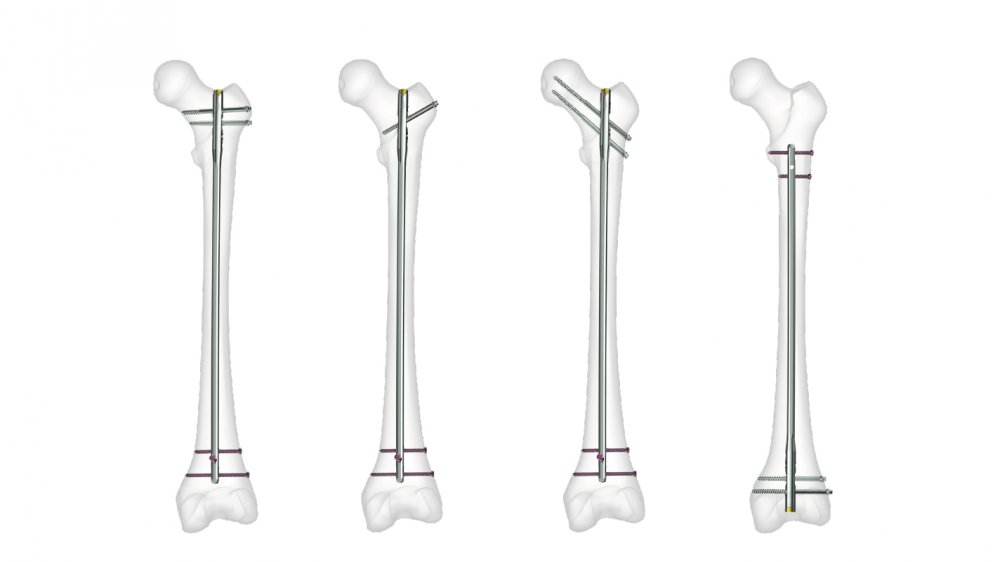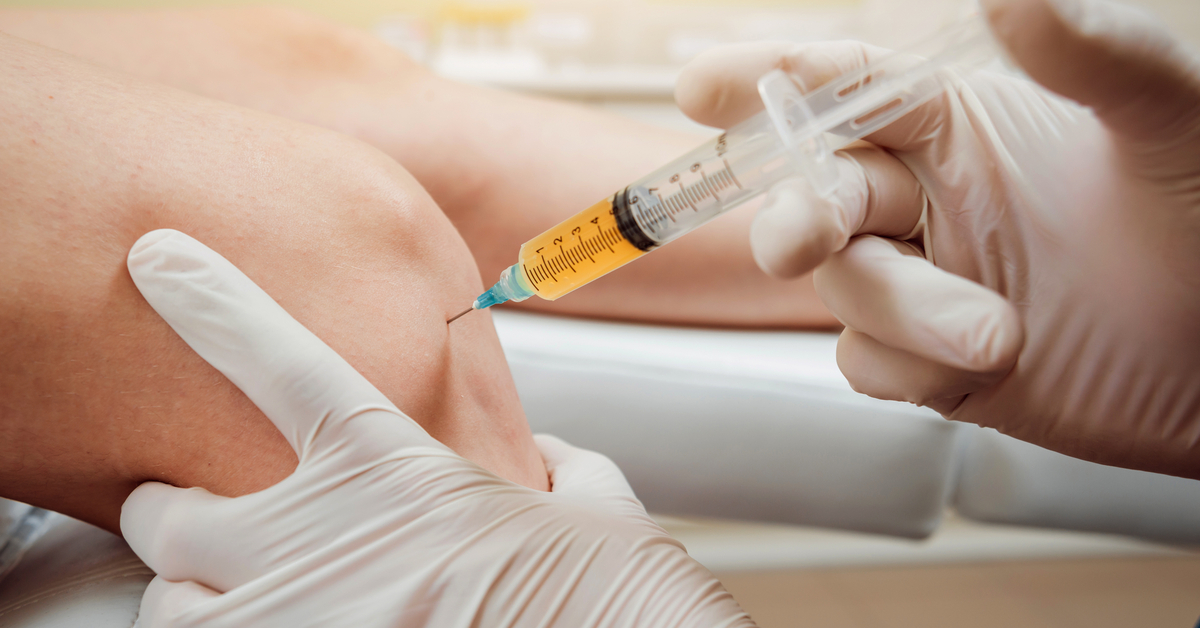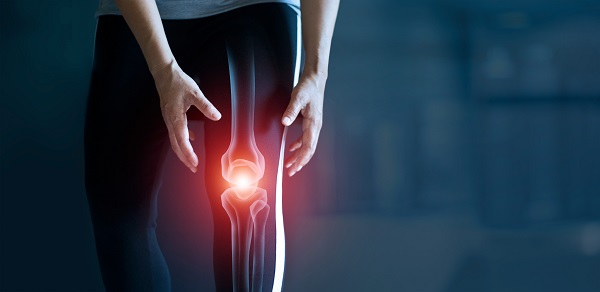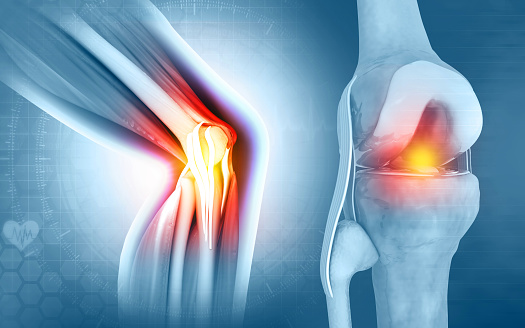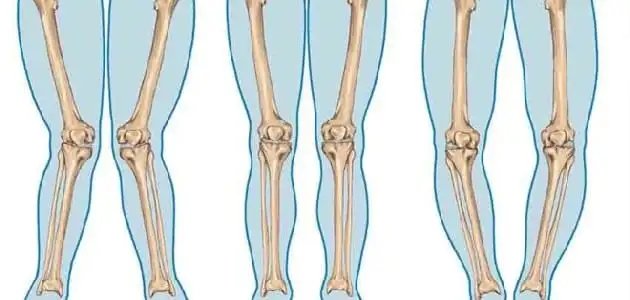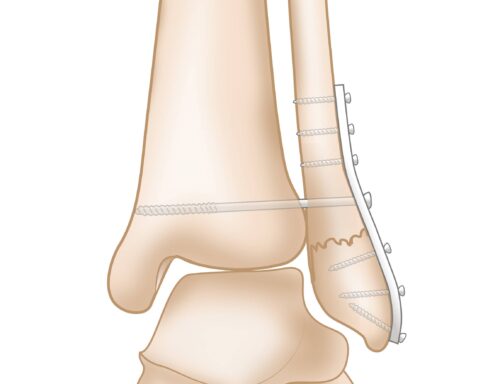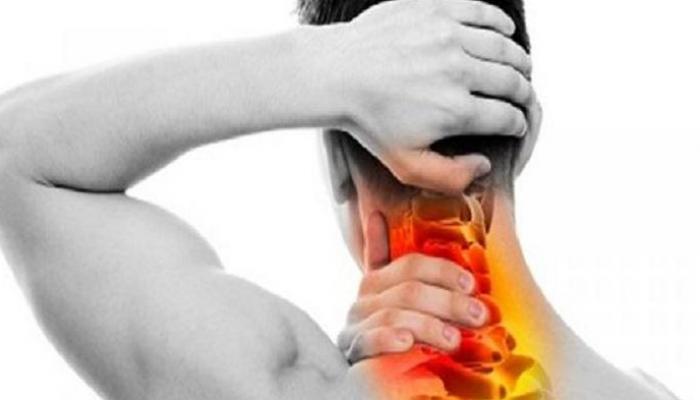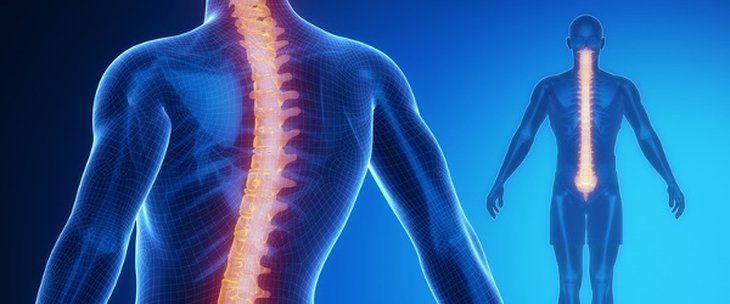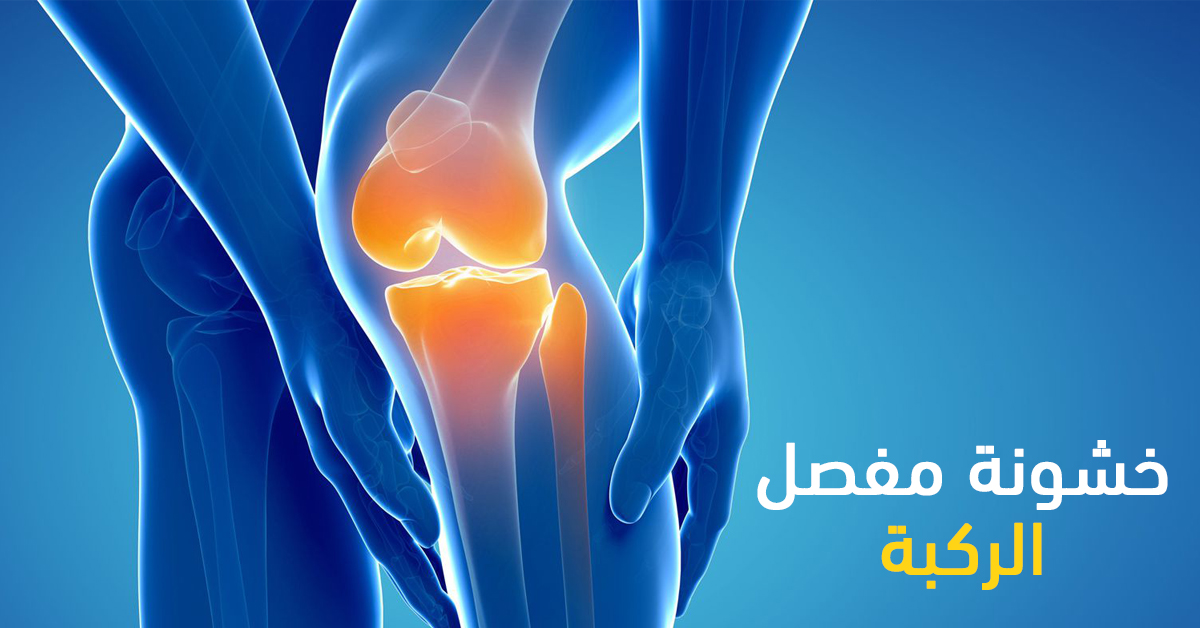!Information about pain of plates and screws and their different types
Pain of Plates and Screws, Plates and screws help solve many bone problems, fractures, and different injuries. In this article, we will get to know the most important details related to them in terms of their types, the pain resulting from them, and how to overcome it, so you can follow the following paragraphs to learn about everything new related to this matter.
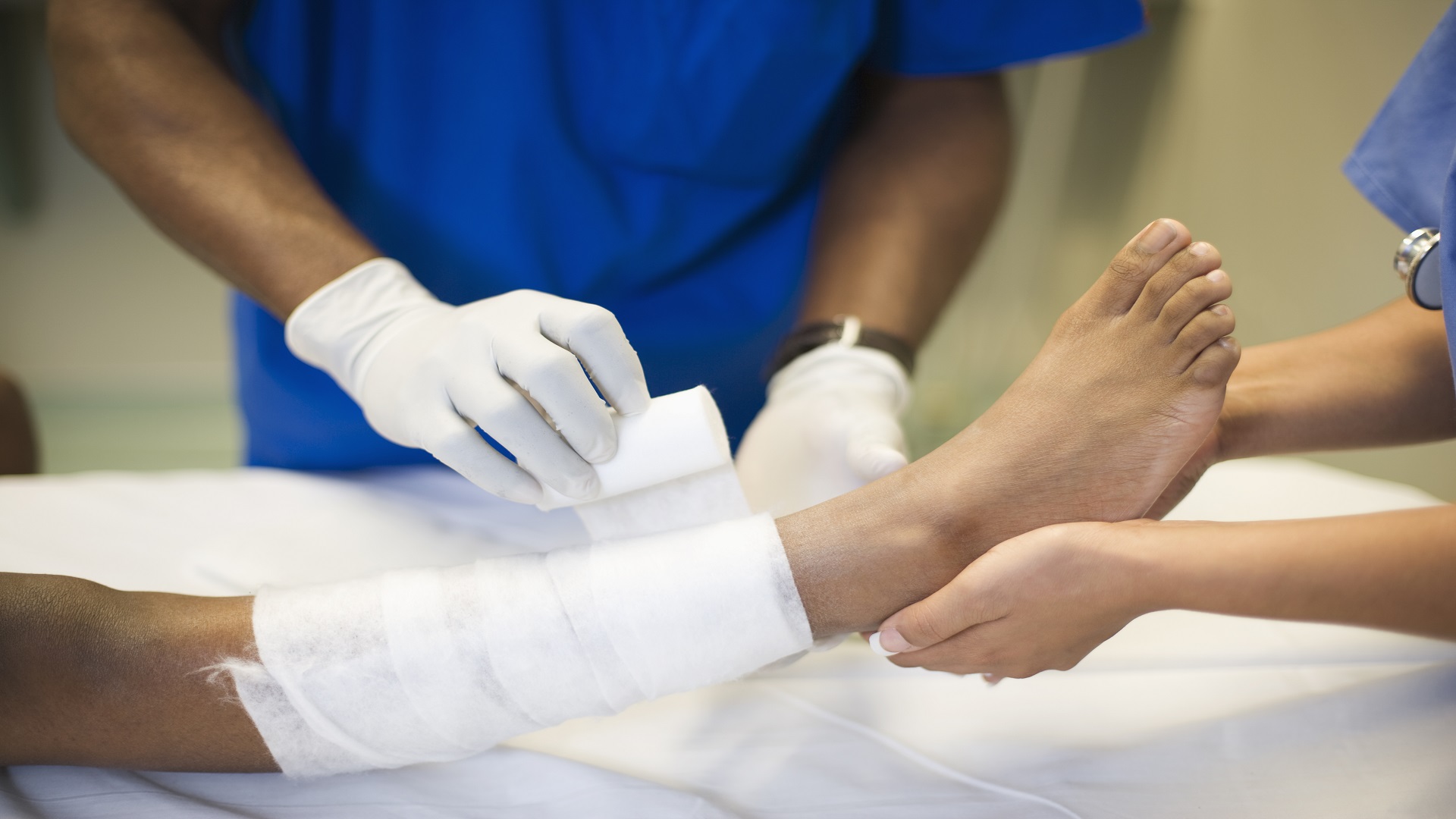
Pain of Plates and Screws
Pain from plates and screws is considered natural after bone fixation surgery. The patient may experience some pain, swelling, and discomfort in the area where the plates and screws were fixed. However, this pain should not last for a long time.
The specialist doctor should be consulted if the pain and inability to move persist after a specified period of time. The necessary tests and X-rays should be carried out to determine the cause of this pain and then the appropriate treatment.
Types of Plates and Screws
Types of plates and screws in surgical fracture fixation:
- Regular Plates:
- Made of stainless steel material.
- Used to fix simple and complex fractures in different bones.
- Fixed with screws and bolts.
- Locked Plates:
- Used for fixing complex fractures and cases that require additional stability.
- Have a locking and threading appearance for increased stability.
- Made of titanium material, which has high strength and lightweight.
- Regular Screws:
- Used to fix simple fractures and guide complex fractures.
- Made of stainless steel or titanium.
- Fixed in the bone using bolts.
- Locked Screws:
- Used to fix severe fractures and brittle bones.
- Have a locking socket that helps stabilize the fracture.
- Made of titanium.
- Quadruple Screws:
- Used to fix severe fractures in irregularly shaped bones.
- Have four heads for increased stability.
- Made of stainless steel or titanium.
- Conical Screws:
- Used to fix fractures in vertebrae close to the spinal column.
- Their conical design helps guide the fracture securely.
- Made of stainless steel or titanium.
Get rid of plate and screw pain effectively with Dr. Amr Amal, who offers a tailored and innovative solution for each case to achieve lasting comfort and pain relief.
For more details on medical plate and screw prices and their different types, click here.
Reasons for Undergoing Plate and Screw Surgery
1. Unstable Fractures: When the fracture is of an unstable type, installing plates and screws is an effective solution to fix and strengthen the bones. This helps the bones heal properly and speeds up the recovery process.
2. Protecting Joints: In case of a fracture occurring near a joint, the fracture damage can also cause damage to the joint itself. In this case, installing plates and screws is necessary to fix the fracture and prevent further damage to the joint.
3. Ineffectiveness of Casts or Braces: Some fractures do not heal properly using casts or braces alone. Therefore, it becomes necessary to resort to plate and screw installation to fix the fracture and aid in the healing process.
4. Faster Healing: Installing plates and screws is a faster method of fixing fractures and promoting the healing process. In some cases, the patient may need a shorter period for recovery and return to normal life.
5. Avoiding Stiffness: Installing plates and screws is one of the effective methods of fixing fractures, such as knee and pelvic fractures, without the need to cast the bones. This helps prevent joint stiffness and maintains normal body movement and functions.
Is Bone Fixation with Plates and Screws Painful?
The procedure of fixing bones with plates and screws in areas affected by fractures is a surgical procedure that may cause some pain. However, patients are given the necessary painkillers to relieve pain after the surgery. There is no such thing as a pain percentage in medicine, but rather there are potential degrees of pain with the administration of the necessary painkillers.
The patient is put under general anesthesia before starting the procedure of fixing the fracture with plates and screws. Plates and screws are used to help bones heal when experiencing certain types of fractures. Although some expected pain, these procedures are necessary to fix the fracture and help the bones heal quickly and return to normal life.
Get rid of plate and screw pain effectively with Dr. Amr Amal, who offers a tailored and innovative solution for each case to achieve lasting comfort and relief from pain.
Plate and Screw Surgery
Plate and screw surgery is used in many different surgical and medical cases. This surgery may require a specialized medical team and appropriate financial costs. Here, we will outline the steps of plate and screw surgery:
- Diagnosis: It starts with diagnosing the patient’s condition and checking for bone fractures or damage that can be treated using plates and screws.
- Diagnostic Tests: The surgery may require some diagnostic tests such as X-rays to determine the fracture location and the number of required plates and screws.
- Preparation for Surgery: The patient is prepared for the surgery, including physical and psychological preparation, and ensuring there are no health issues that may affect the surgery.
- Anesthesia: The patient is given appropriate anesthesia, either local or general, based on the treating physicians’ recommendations.
- Installation Process: The plates and screws are installed at the fracture or bone damage site. The installation method depends on the patient’s condition and the medical team’s approach.
- Closure and Fixation: After installing the plates and screws, the wound is closed and secured to ensure proper healing. Special sutures or fixation strips may be used to enhance stability.
- Post-operative Monitoring: The patient requires necessary monitoring and care during the post-operative period. This may involve changing dressings and administering appropriate medications to facilitate the healing process.
- Physical Therapy Sessions: In some cases, the patient may need physical therapy sessions to regain movement and muscle strength after the surgery.
- Regular Follow-up: The patient must follow up with the doctor to check for any potential complications and ensure the bones are healing properly and efficiently.
It is important to note that these steps may vary slightly depending on the patient’s condition and the medical team’s approach. The patient should consult with the treating physicians to determine the best plan for their specific case.
Cost of Plate and Screw Surgery
The cost of plate and screw surgery generally ranges from 30,000 to 70,000 Egyptian pounds. This surgery is considered a mid-range cost procedure that suits a large number of cases. The cost of the surgery depends on several factors such as the type of screws used, the installation method, and the level of difficulty of the surgery.
It should be noted that costs may vary from one surgeon to another, as surgical procedures performed by highly experienced and renowned physicians are more expensive.
Get ready for a pain-free life with the outstanding treatment for plate and screw pain from Dr. Amr Amal, who provides comprehensive care and individual guidance for each patient to achieve the best results.
Tips After Installing Plates and Screws
After undergoing a surgical procedure involving the installation of plates and screws in the foot, here are some important tips for caring for the affected area and facilitating the recovery process:
- Rest and Relaxation: The patient should be given enough time to rest and avoid putting excessive weight on the affected foot. Use a crutch for assistance in walking and avoid standing for long periods.
- Wound Care: There may be wounds after the surgery, so it is important to keep the area clean and change the dressings regularly. If there are any changes in color, odor, or fluid leakage, consult the doctor immediately.
- Eat a Healthy Diet: Eating a healthy and balanced diet helps promote the healing process and strengthen the bones. Be sure to consume good sources of calcium and protein, such as dairy products, lean meats, nuts, and legumes.
- Perform Light Exercises: After consulting the doctor, light prescribed mobility exercises can be performed to strengthen the muscles surrounding the affected foot and improve flexibility.
- Avoid Painful Factors: Avoid moving the plates and screws or engaging in activities that cause pain and disrupt the fracture’s natural healing process.
- Follow the Doctor’s Instructions: The patient should strictly follow the doctor’s instructions and take prescribed medications on time to reduce inflammation and relieve pain.
- Gradual Return to Routine Activities: The patient can gradually resume daily activities based on the doctor’s instructions. High-impact activities should be avoided for a certain period.

Success Rate of Plate and Screw Surgery
Plate and screw removal surgery is considered to have a high success rate and no severe side effects. Research has shown that approximately 75% of patients who have their plates and screws removed experience improvement in their symptoms and a significant reduction in pain. However, 25% of patients continue to experience pain even after the plates and screws are removed.
The use of plates and screws helps stabilize the spine and prevent movement, and they are fixed by the surgeon using bone grafts and in different sizes depending on the size of the affected bones. In some cases, the screws may be left or removed after complete recovery from the surgery. You can get effective treatment for plate and screw pain from Dr. Amr Amal, who combines medical expertise and advanced techniques to provide lasting comfort and relief from pain.
Side Effects of Plates and Screws
The side effects of plates and screws that doctors warn about are as follows:
- Leakage of Toxic Chemicals: Doctors warn that metal plates and screws placed in different parts of the body may cause leakage of toxic chemicals. Studies suggest that this chemical leakage can lead to serious health problems in the future.
- Feeling Strong Tension in the Affected Area: Some individuals who undergo surgery to install metal plates and screws experience strong tension in the affected area. This feeling of tension can be painful and may persist for a long time after the surgery.
- Risk of Infection: Metal plates and screws can increase the risk of infection at the wound site. This infection may require antibiotic treatment and can cause serious health complications if not properly addressed.
- Persistent Pain: In some cases, individuals with metal plates and screws may experience persistent pain in the wound area for a long time after the surgery. The doctor should be consulted if the pain persists chronically or if symptoms such as redness, swelling, or pus appear.
- Long-Term Swelling: It is possible for individuals with plates or screws to experience swelling at the plate or screw site for up to 3 months after the surgery. To alleviate this pain and swelling, it is recommended to rest and elevate the affected leg.
How Long Does the Plate and Screw Surgery Take?
The duration of the plate and screw installation surgery may vary depending on the degree of the fracture and the location of the injury. Installing plates and screws in the arm may take one to two hours, depending on each patient’s condition. The specialist doctor should be consulted to determine the timing for removing the plates and screws, which may take up to approximately 12 months.

When Should Plates and Screws Be Removed?
The timing for removing plates and screws depends on several factors. The patient may need to consult the specialist doctor to determine the appropriate removal time, which can be up to approximately 12 months. In some cases, the plates and screws are removed shortly after surgery, depending on the severity of the condition and the patient’s recovery.
It’s worth noting that intramedullary nails generally do not need to be removed, as they are embedded within the bones and do not affect overall health. Patients concerned about this should consult with their orthopedic surgeon for an evaluation of their specific case and the best time for removal.
Best Doctor for Installing Plates and Screws
Dr. Amr Amal has proven himself as one of the best specialized doctors in installing plates and screws for fracture treatment and fixation. Dr. Amr has extensive experience in this field, having worked in orthopedics for over 10 years. Dr. Amr Amal is a consultant in orthopedic surgery and joints at Ain Shams University, and he is also a member of the faculty at the same university.
Dr. Amr provides comprehensive diagnosis and examination for patients, offering the necessary guidance and care to ensure a speedy recovery and achieve the best results. Patients who have undergone plate and screw installation in the arm with Dr. Amr Amal have had fruitful and successful experiences.
Dr. Amr Amal may perform these surgeries himself, as he is considered one of the most skilled physicians in this field. If you need fracture treatment and fixation, Dr. Amr Amal is the suitable doctor to perform this procedure.
Thanks to his extensive experience and high proficiency in installing plates and screws, Dr. Amr Amal can ensure the best results and facilitate a smooth recovery process. If you are looking for a skilled and experienced doctor in this type of surgery, Dr. Amr Amal is the ideal choice.

